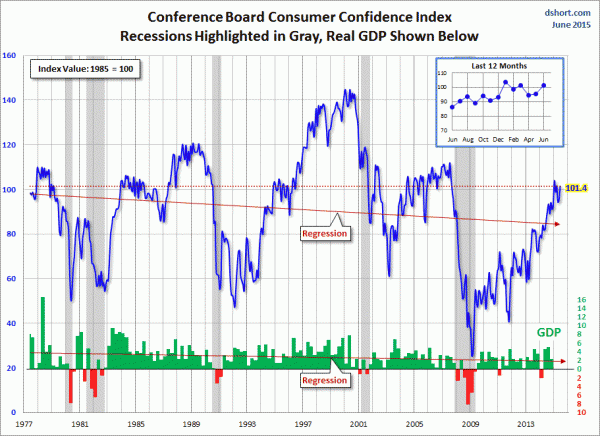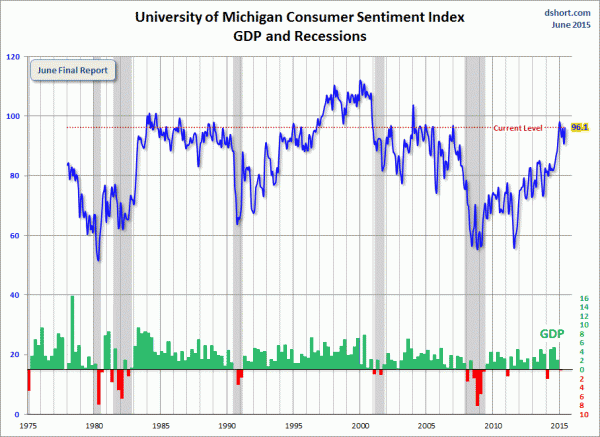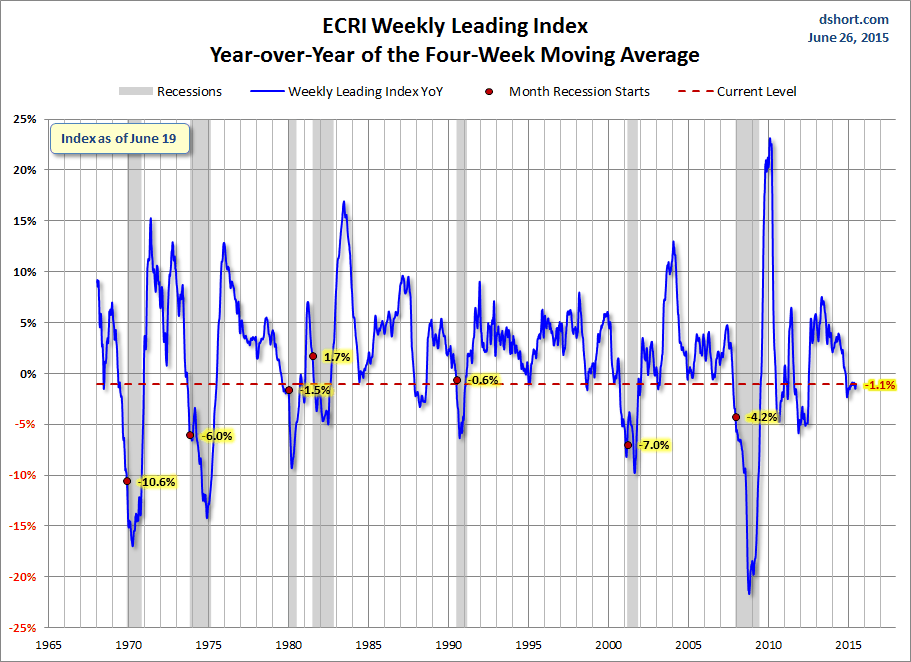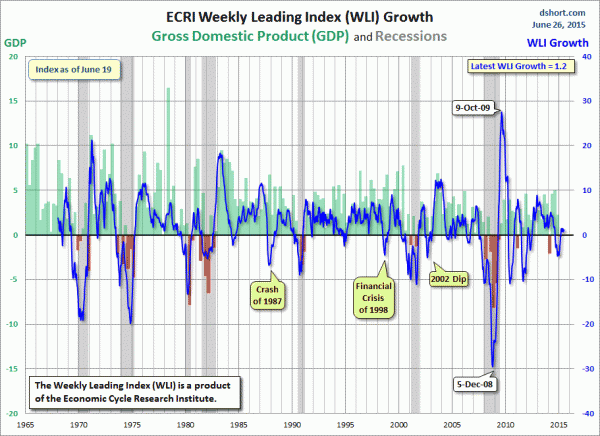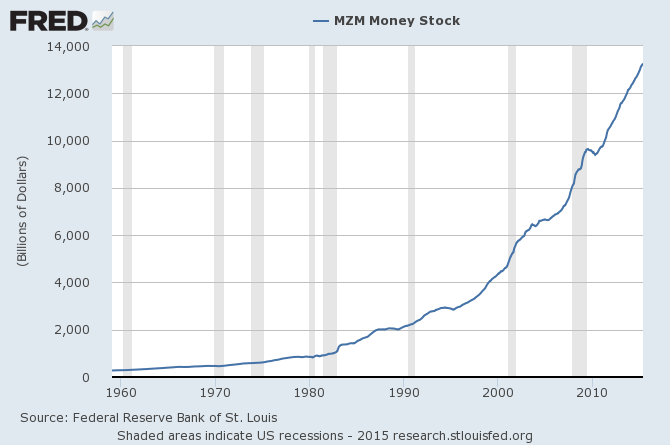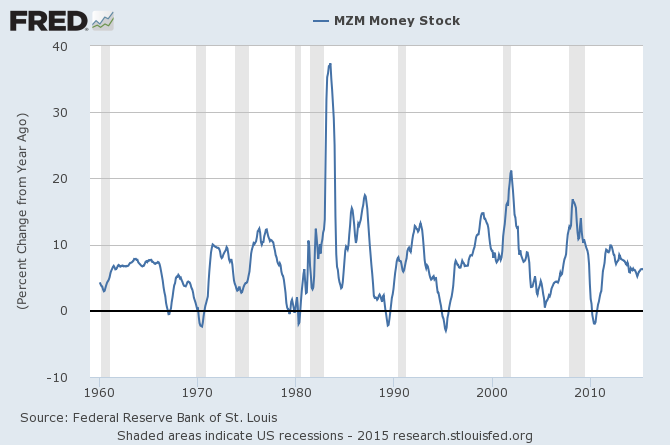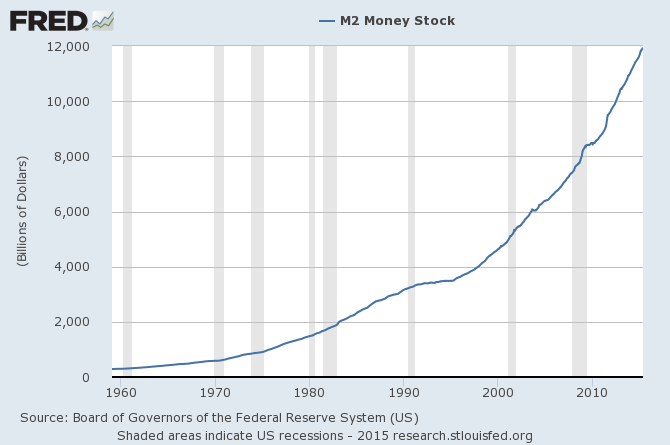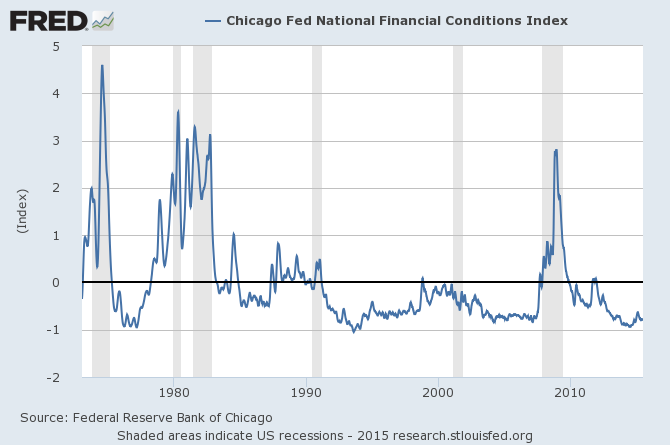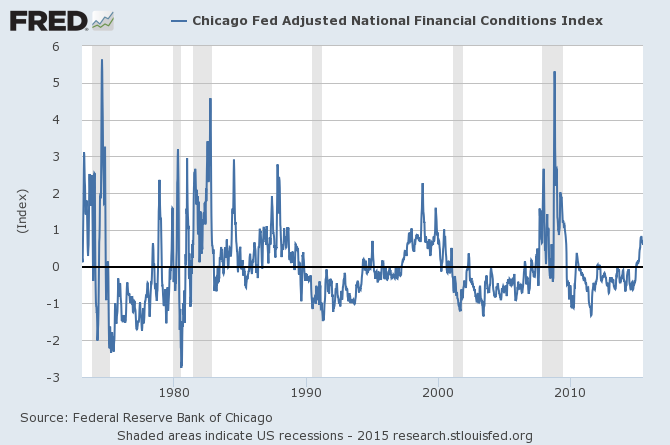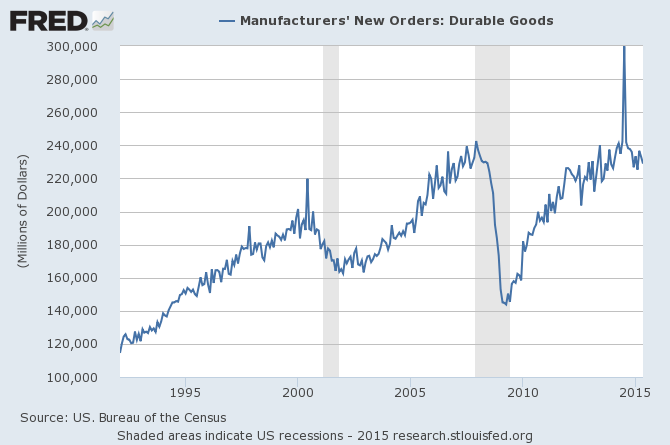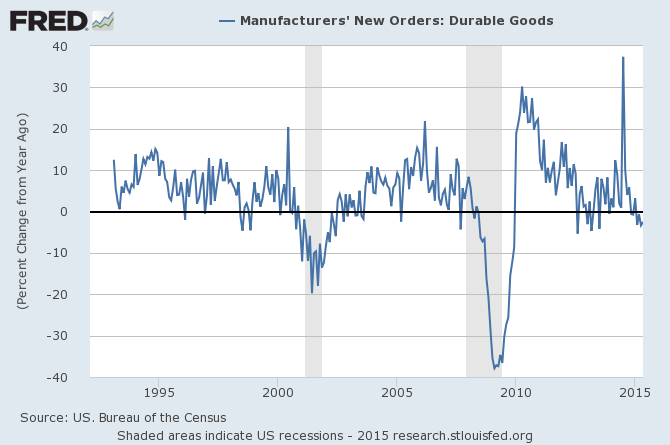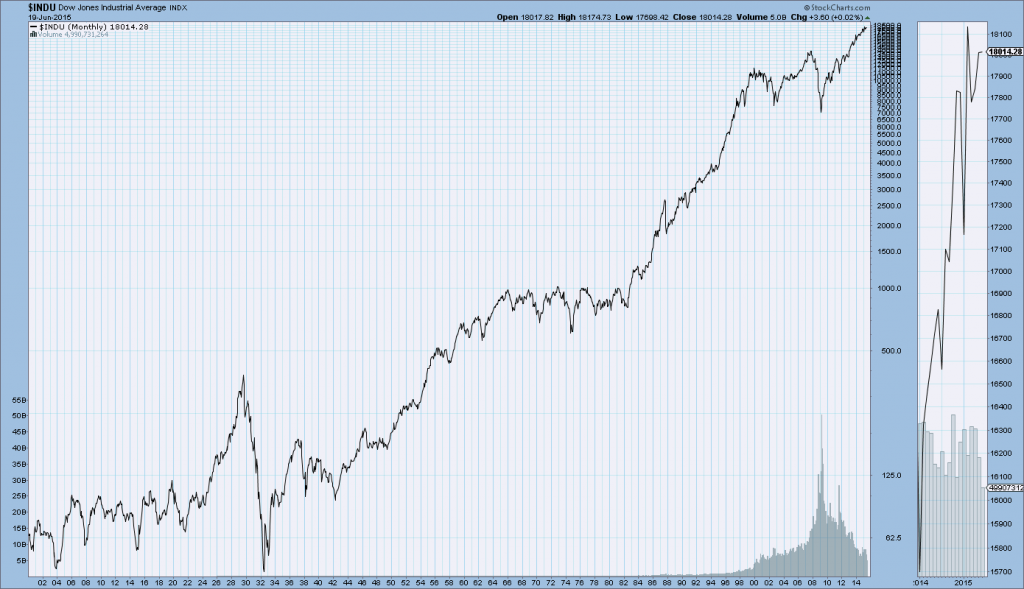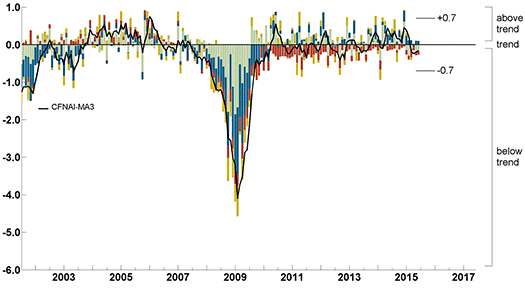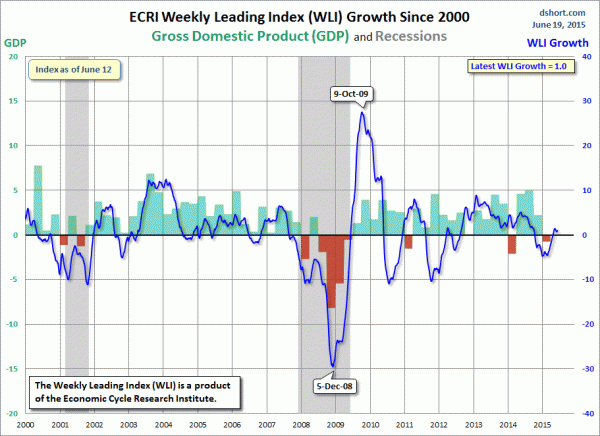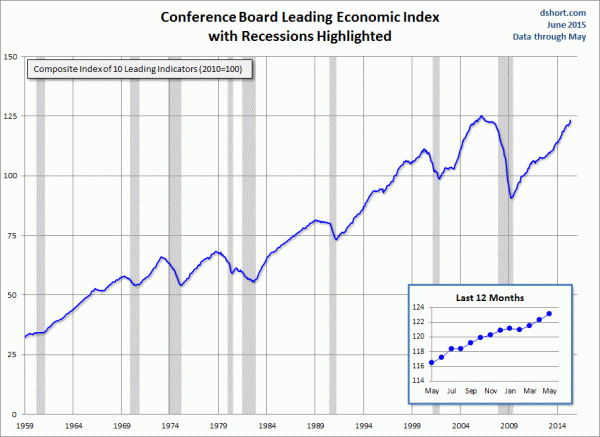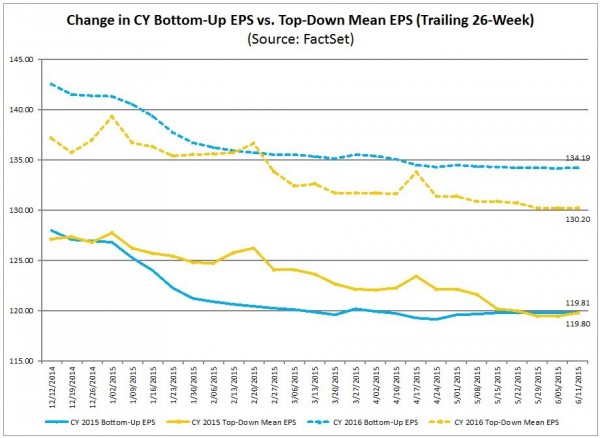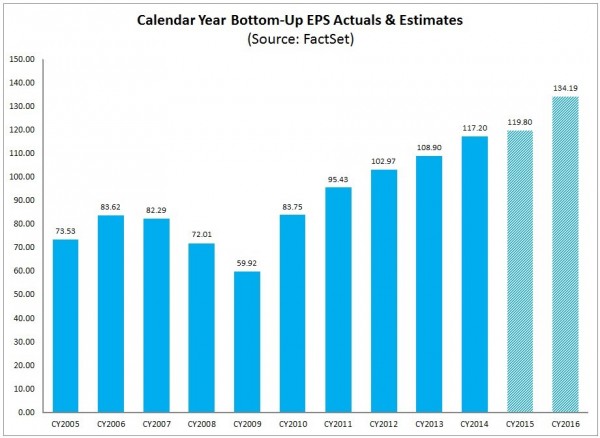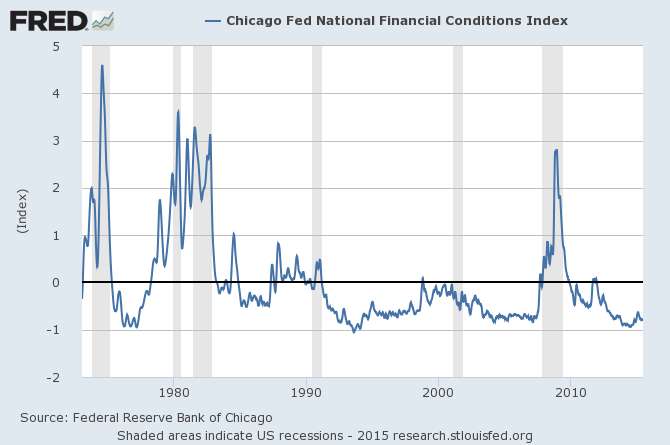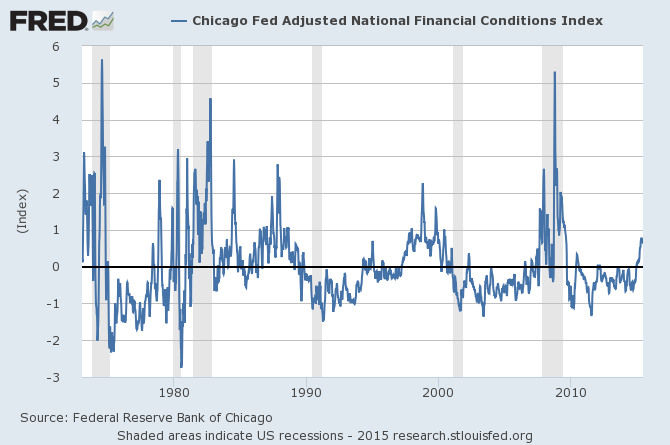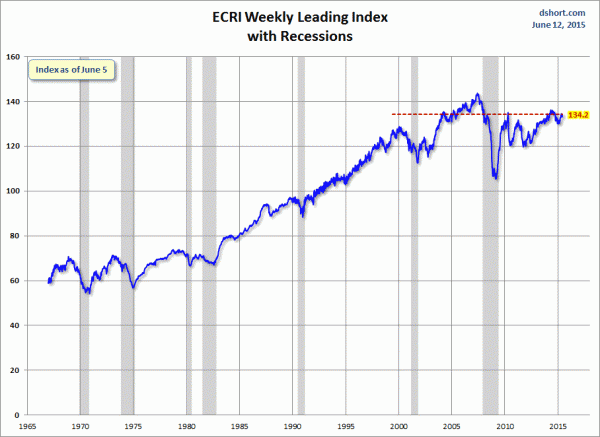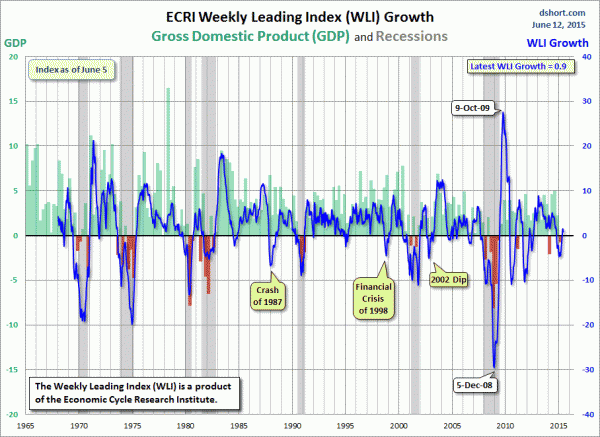From Janet Yellen’s opening comments:
The U.S. economy hit a soft patch earlier this year; real gross domestic product (GDP) looks to have changed little in the first quarter. Growth in household spending slowed, business fixed investment edged down, and net exports were a substantial drag on growth. Part of this weakness was likely the result of transitory factors. Despite the soft first quarter, the fundamentals underlying household spending appear favorable and consumer sentiment remains solid. Looking ahead, the Committee still expects a moderate pace of GDP growth, with continuing job gains and lower energy prices supporting household spending.
Janet Yellen’s responses as indicated to the various questions:
STEVE LIESMAN. Madam Chair, I wonder if you might characterize the progress made towards fulfilling the Fed's two criteria. Are you somewhat more confident, not confident at all that you're moving towards 2%? Has there been a lot of improvement in the labor market, some improvement? And how should we judge when those two criteria have been fulfilled?
CHAIR YELLEN. Well, it's a judgment that the Committee is--will have to make and as I've said previously as we've said in this statement, it will depend on a wide range of data and not on any simple indicators. So I can't provide you--it would be wrong for me to provide you a roadmap that said something as simple as if the unemployment rate declines to X that then the labor market will have improved enough for us to begin to raise policy.
Obviously, we have to look at the pace of job creation. We have to look at what's happening to labor force participation, to part-time employment for economic reasons, to job openings, to the pace of quits, to wage inflation, and other indicators of the state of the labor market. I did say when we agreed that labor market slack has diminished to some extent in the intermitting period. And clearly, over a longer span of time over the last several years, obviously we've made considerable progress in moving toward our goal of maximum employment. So in spite of the fact that there is some progress on that front, the Committee wants to see some further progress before feeling that it will be appropriate to raise rates on inflation.
Again, there has been some progress in the sense energy prices appear to have stabilized. Now, inflation is going to--Overall inflation is likely to run at a low level for a substantial period of time. The big declines in energy prices came toward the end of last year and the beginning of this year and you're not going to wash out of the inflation data until late in this year. But the fact that energy prices have stabilized means that the pressure from that source is diminishing.
In addition, the dollar appears to have largely stabilized and with respect to core inflation, it has been running under our 2% objective but declining import prices have been reducing that pressure. I believe that as the labor market continues to improve and as our confidence in that forecast rises, at least for me my confidence will also rise that inflation will move back up toward 2%. I expect that to over time put up with pressure on core inflation.
also:
BINYAMIN APPELBAUM. Your latest economic projections show that you expect the unemployment rate, or many officials expect, an employment rate to fall more slowly this year, and then to fall, by implication, more quickly next year. Could you talk about what has changed in your assessment of the labor market and how that influences the path of policy?
CHAIR YELLEN. So we are--productivity growth has been--is a factor that affects the pace of improvement in the labor market. Productivity growth has been extremely slow for the last couple of years, and I think in part the pace of improvement in the labor market that we're projecting reflects the notion that there's likely to be some pickup in the pace of productivity growth. Obviously, that's something that's quite uncertain, and it's conceivable that if productivity growth disappoints--something I hope that we won't see because that has very negative implications for living standards--we could conceivably see faster improvement in the labor market.
But in addition, there are other margins of slack that don't show up in the unemployment rate. Labor force participation that has at least is--appears to be depressed at least to some extent because of cyclical weakness, and the fact that labor force participation rate has remained roughly stable for the last year or so when there's an underlying downward trend suggests that some slack is being taken up by, in a sense, improved or diminished cyclical impact on labor force participation. I expect that to continue, and I would expect also to see some improvement in the degree of part-time employment that's for economic reasons.
also:
CHRISTOPHER CONDON. Thank you. Chris Condon from Bloomberg News. Madam Chair, I'd like to come back to the topic of consumer spending. Consumer spending has been very disappointing for many months in the U.S. economy. I'm wondering, do you think there has been a meaningful shift and one that will persist in the behavior of households with respect to spending and savings? Or would you be more inclined to look at the recent more encouraging retail sales figures and see perhaps a return of the American consumer there?
CHAIR YELLEN. So I think in recent weeks we have received data that suggest that can consumer spending is growing at a moderate pace. I'd say, you know, car sales for example were very strong. Part of it probably represents payback for weak sales during the winter months, but nevertheless, the pace of car sales has been strong, and recent readings on retail sales and on spending on services have suggested an improvement in the pace of consumer spending.
There are questions at this point about just how much impact we've seen of lower energy prices on consumer spending. The decline in oil prices translates into an improvement in household income on average of something like $700 per household, and I'm not convinced yet by the data that we have seen the kind of response to that that I would ultimately expect. And I think it's hard to know at this point whether or not that reflects a very cautious consumer that is eager to add to savings and to work down borrowing, or in part some survey evidence suggests the consumers are not yet confident that the improvement they’ve seen a decline in their need to spend for energy for gasoline that that's going to be something that will be permanent. They may think it's a transitory change and not yet be responding. So I think the jury is out there, but I think we have seen some pickup in household spending.
also:
MARK HAMRICK. Madam Chair, Mark Hamrick with Bankrate.com. So much discussion about rising rates seems to focus on the potential negatives, and I'm wondering if you could talk a little bit if you envision some possible unintended benefits of higher rates. And one of the things I'm thinking about is the fact that savers have suffered through so many years of miserly returns, and many may be actually anticipating in a positive way saying a better return on their investment. Thank you.
CHAIR YELLEN. So let me say to my mind the most important positive is that it--I believe a decision to raise rates would signify very clearly that the U.S. economy has made great progress in recovering from the trauma of the financial crisis and that we're in a different place. I think, hopefully, that would be something would be confidence-inducing for many households and businesses.
From the point of view of savers, of course this has been a very difficult period. Many retirees, and I hear from some almost every day, are really suffering from low rates that they had anticipated would bolster their retirement income. This, you know, obviously has been one of the adverse consequences of a period of low rates.
The--you know, we have a good reason for having kept rates at the levels that we have. We--our charge from Congress is to pursue the goals of maximum employment and price stability. That's what we've been doing, and obviously there are benefits from a strong economy to every household in the economy, including savers, from having a better job market and a more secure economy. But, yes, when the time comes for us to raise rates, I think there will be some benefits that flow through to savers.
_____
The Special Note summarizes my overall thoughts about our economic situation
SPX at 2120.80 as this post is written
